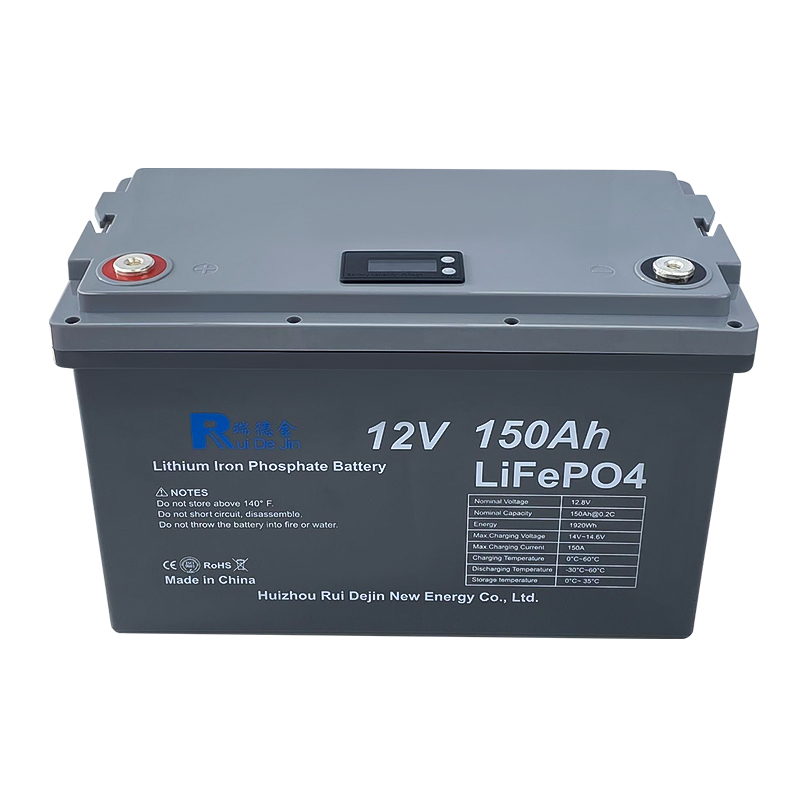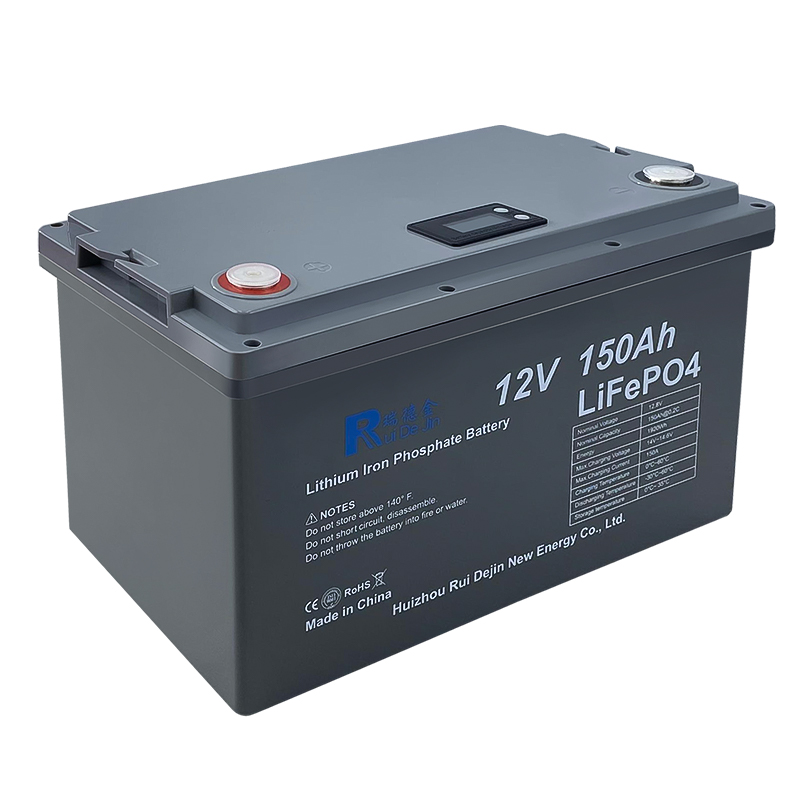During the “Thirteenth Five-Year Plan” period, China’s production and sales of new energy vehicles have grown rapidly, ranking first in the world for five consecutive years. It is expected that the number of new energy vehicles will exceed 5 million by the end of this year. At the same time, good news continues to come from China in the core technology of new energy batteries. The 80-year-old Chen Liquan, the first person in China’s lithium battery industry, led his team to develop new battery materials.
New nano-silicon lithium battery is released, with capacity 5 times that of traditional lithium battery
Chen Liquan, an 80-year-old academician of the Chinese Academy of Engineering, is the founder of China’s lithium battery industry. In the 1980s, Chen Liquan and his team took the lead in conducting research on solid electrolytes and lithium secondary batteries in China. In 1996, he led a scientific research team to develop lithium-ion batteries for the first time in China, took the lead in solving the scientific, technological and engineering problems of large-scale production of domestic lithium-ion batteries, and realized the industrialization of domestic lithium-ion batteries.
In Liyang, Jiangsu, Li Hong, a protégé of Academician Chen Liquan, led his team to achieve a breakthrough in a key raw material for lithium batteries after more than 20 years of technical research and mass production in 2017.
Nano-silicon anode material is a new material independently developed by them. The capacity of button batteries made from it is five times that of traditional graphite lithium batteries.
Luo Fei, General Manager of Tianmu Leading Battery Material Technology Co., Ltd.
Silicon exists widely in nature and is abundant in reserves. The main component of sand is silica. But to make metallic silicon into silicon anode material, special processing is required. In the laboratory, it is not difficult to complete such processing, but to make ton-level silicon anode materials requires a lot of technical research and experiments.
The Institute of Physics of the Chinese Academy of Sciences has been researching nano-silicon since 1996, and started building a silicon anode material production line in 2012. It was not until 2017 that the first production line was built, and it has been continuously adjusted and revised. After thousands of failures, silicon anode materials were mass-produced. Currently, the Liyang factory’s annual output of silicon anode materials for lithium-ion batteries can reach 2,000 tons.
If silicon anode materials are a good choice for improving the energy density of lithium batteries in the future, then solid-state battery technology is a recognized and effective solution to solve current problems such as safety and cycle life of lithium batteries. At present, many countries are actively developing solid-state batteries, and China’s research and development of solid-state lithium battery technology is also keeping pace with the world.
In this factory in Liyang, drones using solid-state lithium batteries developed by a team led by Professor Li Hong have a cruising range that is 20% longer than that of drones with the same specifications. The secret lies in this dark brown material, which is the solid-state cathode material developed by the Institute of Physics, Chinese Academy of Sciences.
In 2018, the design and development of a 300Wh/kg solid-state power battery system was completed here. When installed on a vehicle, it can double the vehicle’s cruising range. In 2019, the Chinese Academy of Sciences established a solid-state battery pilot production line in Liyang, Jiangsu. In May this year, products have begun to be used in consumer electronics products.
However, Li Hong told reporters that this is not an all-solid-state battery in the complete sense, but a quasi-solid-state battery that is constantly optimized in liquid lithium battery technology. If you want to make cars have a longer range, mobile phones have longer standby time, and no one can For aircraft to fly higher and further, it is necessary to develop safer and larger-capacity all-solid-state batteries.
New batteries are emerging one after another and “Electric China” is under construction
Not only the Institute of Physics of the Chinese Academy of Sciences, many companies are also exploring new technologies and materials for new energy batteries. At a new energy company in Zhuhai, Guangdong, a pure electric bus is charging in the company’s charging demonstration area.
After charging for more than three minutes, the remaining power increased from 33% to more than 60%. In just 8 minutes, the bus was fully charged, showing 99%.
Liang Gong told reporters that city bus routes are fixed and the mileage for a round trip will not exceed 100 kilometers. Charging during the bus driver’s rest time can give full play to the advantages of lithium titanate batteries charging quickly. In addition, lithium titanate batteries have cycle times. Advantages of long life.
In the battery research institute of this company, there is a lithium titanate battery that has been undergoing charge and discharge cycle tests since 2014. It has been charged and discharged more than 30,000 times in six years.
In another laboratory, technicians demonstrated to reporters the drop, needle prick, and cutting tests of lithium titanate batteries. Especially after the steel needle penetrated the battery, there was no burning or smoke, and the battery could still be used normally. , also lithium titanate batteries have a wide range of ambient temperatures.
Although lithium titanate batteries have the advantages of long life, high safety, and fast charging, the energy density of lithium titanate batteries is not high enough, only about half that of lithium batteries. Therefore, they have focused on application scenarios that do not require high energy density, such as buses, special vehicles, and energy storage power stations.
In terms of energy storage battery research and development and industrialization, the sodium-ion battery developed by the Institute of Physics of the Chinese Academy of Sciences has begun the road to commercialization. Compared with lead-acid batteries, sodium-ion batteries are not only smaller in size but also much lighter in weight for the same storage capacity. The weight of sodium-ion batteries of the same volume is less than 30% of that of lead-acid batteries. On a low-speed electric sightseeing car, the amount of electricity stored in the same space increases by 60%.
In 2011, Hu Yongsheng, a researcher at the Institute of Physics of the Chinese Academy of Sciences who also studied under Academician Chen Liquan, led a team and began to work on the research and development of sodium-ion battery technology. After 10 years of technical research, a sodium-ion battery was developed, which is the bottom layer of sodium-ion battery research and development in China and the world. and product application fields are in a leading position.
Compared with lithium-ion batteries, one of the biggest advantages of sodium-ion batteries is that raw materials are widely distributed and cheap. The raw material for producing negative electrode materials is washed coal. The price per ton is less than one thousand yuan, which is far lower than the price of tens of thousands of yuan per ton of graphite. Another material, sodium carbonate, is also rich in resources and cheap.
Sodium-ion batteries are not easy to burn, have good safety, and can work at minus 40 degrees Celsius. However, the energy density is not as good as that of lithium batteries. Currently, they can only be used in low-speed electric vehicles, energy storage power stations and other fields that require low energy density. However, the goal of sodium-ion batteries is to be used as energy storage equipment, and a 100-kilowatt-hour energy storage power station system has been developed.
Regarding the future development direction of power batteries and energy storage batteries, Chen Liquan, an academician of the Chinese Academy of Engineering, believes that safety and cost are still the core requirements for technical research on power batteries and energy storage batteries. In the case of shortage of traditional energy, energy storage batteries can promote the application of renewable energy on the grid, improve the contradiction between peak and valley power consumption, and form a green and sustainable energy structure.
[Half-hour observation] Overcoming the “pain points” of new energy development
In the central government’s recommendations on the “14th Five-Year Plan”, new energy and new energy vehicles, along with new generation information technology, biotechnology, high-end equipment, aerospace, and marine equipment, are listed as strategic emerging industries that need to be accelerated. At the same time, it was pointed out that it is necessary to build a growth engine for strategic emerging industries and cultivate new technologies, new products, new business formats, and new models.
In the program, we saw that scientific research institutions and industrial companies are using different technical routes to overcome the “pain points” of new energy development. At present, although the development of my country’s new energy industry has achieved certain first-mover advantages, it still faces development shortcomings and core technologies need to be broken through. These are waiting for brave people to climb up with wisdom and overcome with persistence.
Post time: Nov-23-2023


